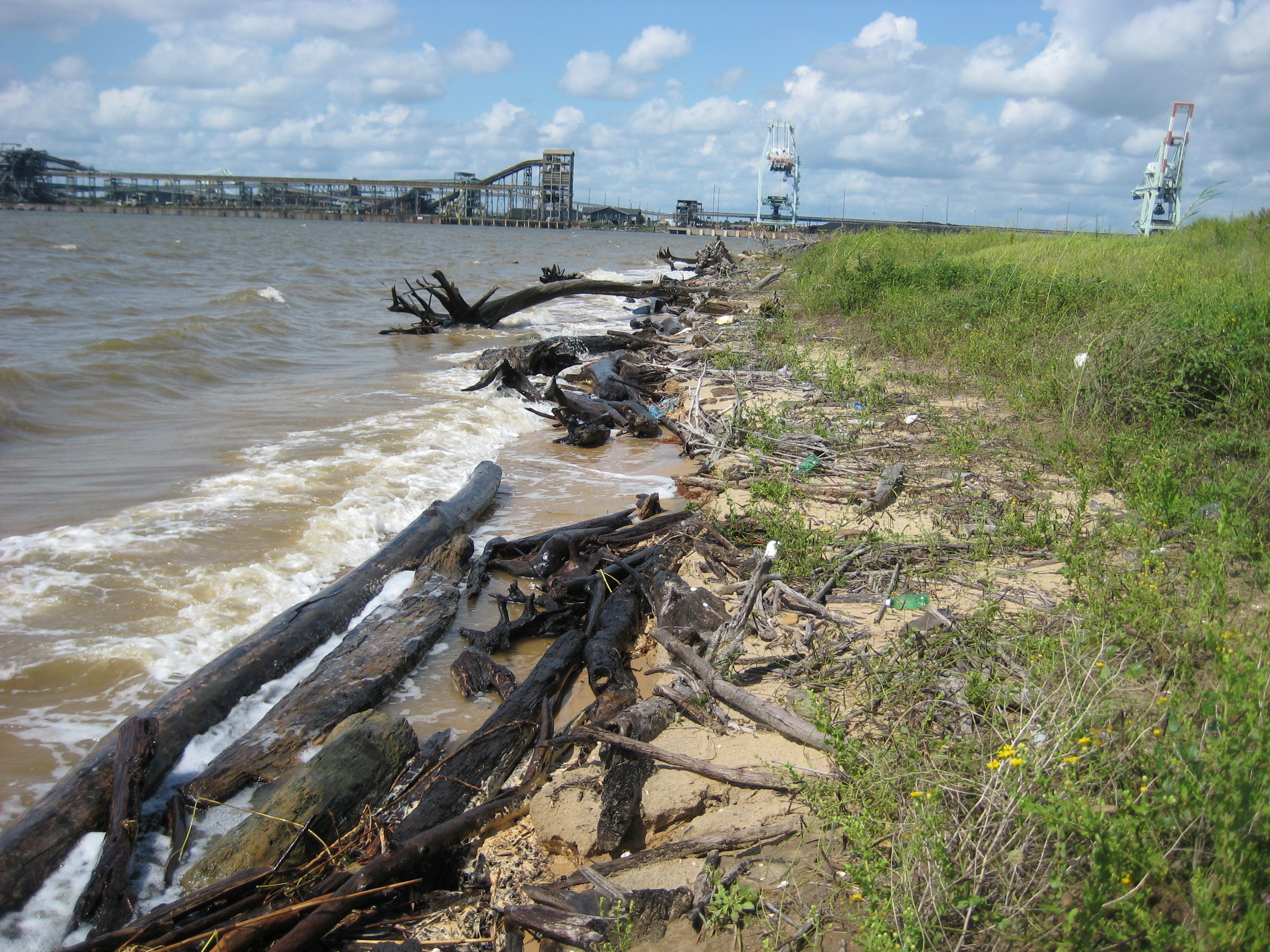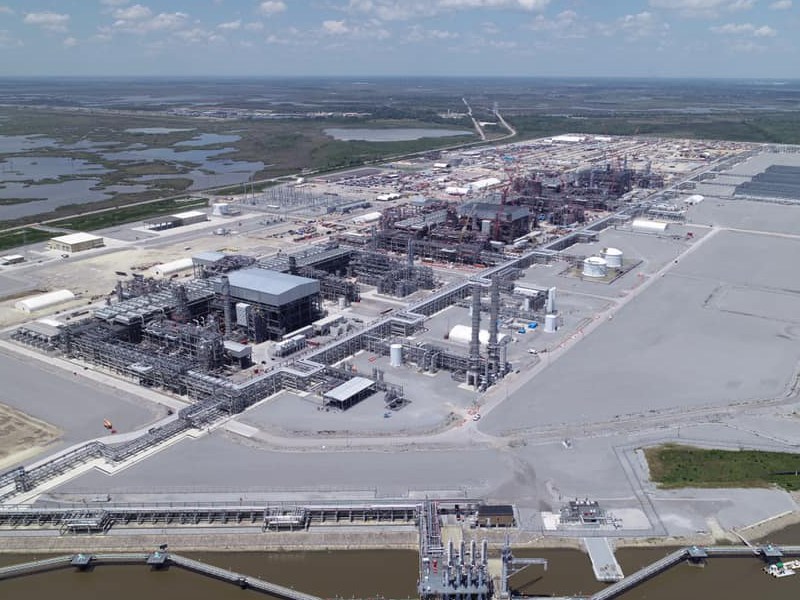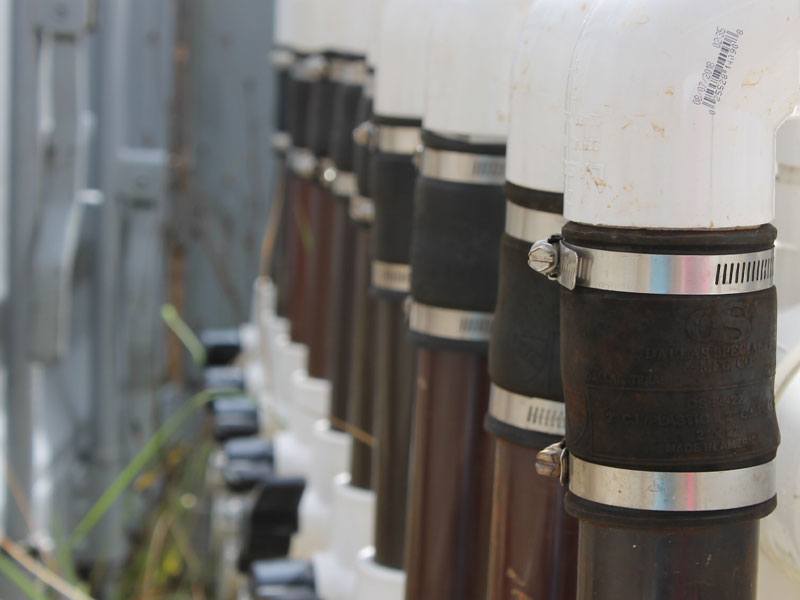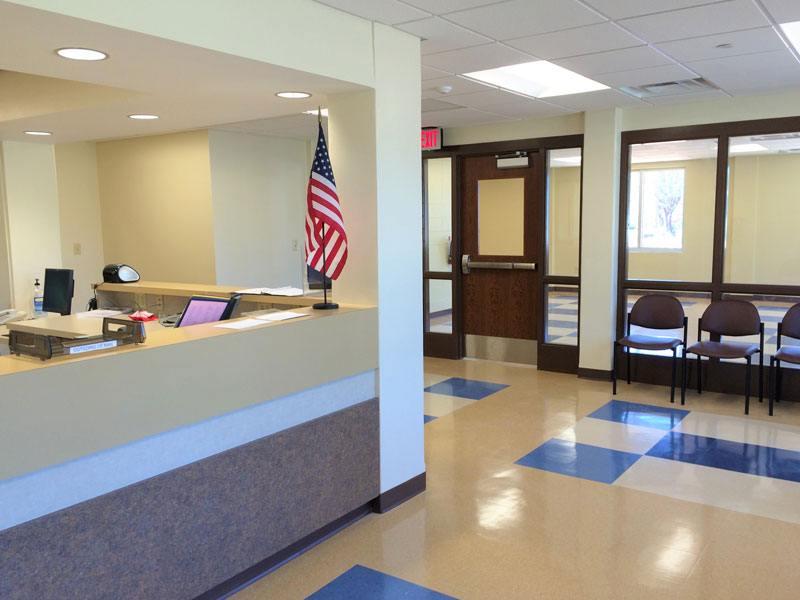
The Mobile River Bridge and Bayway project addressed a bottlenecked 11-mile section of I-10, the major east-west roadway corridor serving the US Gulf Coast. In 2015, Thompson Engineering was selected as prime consultant for the project. Thompson Engineering led a large, multi-firm team including HDR and Mott McDonald in planning, environmental studies, preliminary scoping, engineering, environmental impact statement preparation, and procurement documents for the project. The environmental impact statement (EIS) and record-of-decision (ROD) were signed on August 15, 2019.
Plans for the Mobile River Bridge and Bayway project consisted of the construction of a new Mobile River Bridge and the replacement of seven miles of Bayway bridges. Beginning with only design-build routing and some preliminary draft EIS efforts, the Thompson team developed multiple alternatives for seven major interstate interchange modifications, a signature bridge, and significant environmental impact and aesthetic components.
Environmental Impact Statement
The Thompson team guided federal, state and local transportation agencies through value-based decision matrices to support scientific and technical decisions as part of the EIS preparation. Many of the decisions to be made related to the preferred path of the project. The path included the crossing of significant industrial, public recreational, and highly sensitive ecosystems spanning five rivers, thousands of acres of marshland, and complex urban infrastructure with miles of new structures.
Notable EIS components were addressed in multiple mitigation planning processes to ensure compatibility among the multiple federal, state and local agencies with jurisdiction. Those agencies included the Federal Highway Administration, National Fish and Wildlife Foundation, United States Fish and Wildlife Service, Alabama Department of Environmental Management, United States Army Corps of Engineers, United States Coast Guard, Federal Aviation Administration, and numerous local stakeholders.
Structural teams considered vibration effects to protect historic structures and determined complex construction sequences to minimize costs as well as construction delays to traffic. Foundation and bridge span type and size selections were rated for cost as well as aesthetic and long-term maintenance values to optimize selections. Bike lane and greenway interfaces were developed and offered for public input and agency consideration. Our scientists performed hazardous material subsurface investigations for potential chemicals of concern at numerous sites prior to acquisition by the Alabama Department of Transportation (ALDOT). Air and noise studies and modeling were also performed to assess the impacts of vehicles. Experts in threatened and endangered species studies (especially subaquatic vegetation, marsh habitats, the Red Belly Turtle and the manatee) made sure that critical species were carefully protected in the planning documents by explicitly modified construction methodologies and development of mitigation plans that would ultimately guide a selected construction team.
client
ALABAMA DEPARTMENT OF TRANSPORTATION
location
MOBILE, ALABAMA
market
TRANSPORTATION
Service Specialties
- CIVIL
- STRUCTURAL
- GEOTECHNICAL
- TRANSPORTATION
- SURVEYING
- COMPLIANCE
- ASSESSMENTS & INVESTIGATIONS
- ENVIRONMENTAL ENGINEERING
- DRILLING
- LABORATORY TESTING





